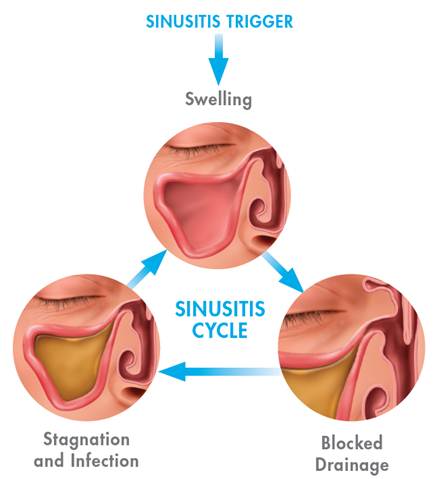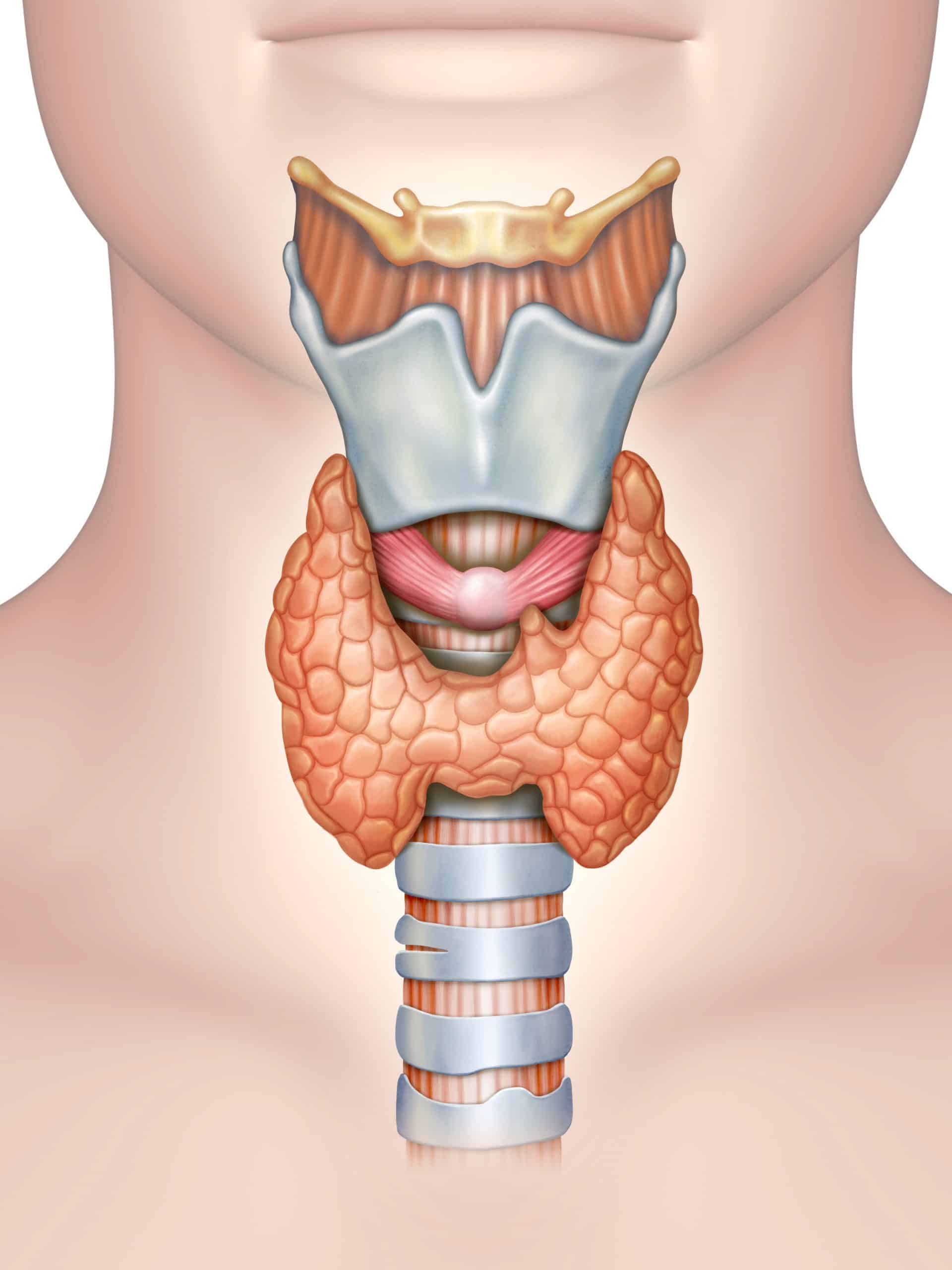Bell's palsy is a neurological disorder that causes paralysis or weakness on one side of the face. It occurs when one of the nerves that controls muscles in the face becomes injured or stops working properly. Bell's palsy is the most common cause of facial paralysis.
Symptoms of Bell’s palsy include sudden weakness or paralysis on one side of the face, a drooping eyebrow and mouth, drooling from one side of the mouth, and difficulty closing one eyelid. Most often these symptoms lead to significant facial distortions. People living with Bell's palsy also may develop facial pain or abnormal sensations, excessive tears in one eye, problems with taste, sensitivity to loud noises, pain around the jaw and behind the ear, and problems eating or drinking. In rare cases, Bell's palsy can affect both sides of the face. Symptoms appear suddenly over a 48- to 72-hour period and generally begin to improve after a few weeks. The symptoms vary from person to person and can be mild to severe. People with Bell’s palsy usually recover some or all facial function within a few weeks to six months. Sometimes, the facial weakness may last longer.
Bell’s palsy results from a problem in the seventh cranial nerve, also called the facial nerve, which connects the brain to the muscles that control facial expression. The seventh cranial nerve also affects taste and ear sensation.
Bell's palsy can affect anyone of any sex or age, but most often affects people ages 15 to 45. Risk factors for Bell’s palsy include pregnancy, preeclampsia, obesity, hypertension, diabetes, and upper respiratory ailments. The exact cause of Bell’s palsy is unknown. Some evidence suggests inflammation and swelling of the seventh cranial nerve is involved, but the reason for this swelling is unclear.
Possible triggers of Bell's palsy may include an existing (dormant) viral infection, such as herpes simplex or varicella (chickenpox), impaired immunity due to stress, sleep deprivation, physical trauma, minor illness, autoimmune syndromes, infection of a facial nerve and resulting inflammation brought on by a disorder such as Lyme disease, or damage to the myelin sheath (the fatty covering that insulates nerve fibers).
A viral infection may prompt an autoimmune reaction against a component of the peripheral nerve myelin, leading to the demyelination of cranial nerves, especially the facial nerve. An examination of the serum samples of patients with Bell's palsy shows elevated concentrations of the cytokine’s interleukin-1 (IL-1), IL-6, and tumor necrosis factor-alpha (TNF-alpha) compared with control populations, suggesting an activation of cell-mediated effectors.
Upper and Lower Motor Neuron Lesions
Peripheral facial nerve damage in Bell’s palsy can induce changes in the central nervous system (CNS) with the expression of various neuroactive substances.1 This can result in lower motor neuron (LMN) lesions leading to total paralysis of the facial muscles.
Central facial palsy is also a neurological disorder that causes weakness or paralysis of the facial muscles on one side of the face. This condition usually results from damage to upper motor neurons (UMN) of the facial nerve due to factors such as infection, tumor or stroke.







